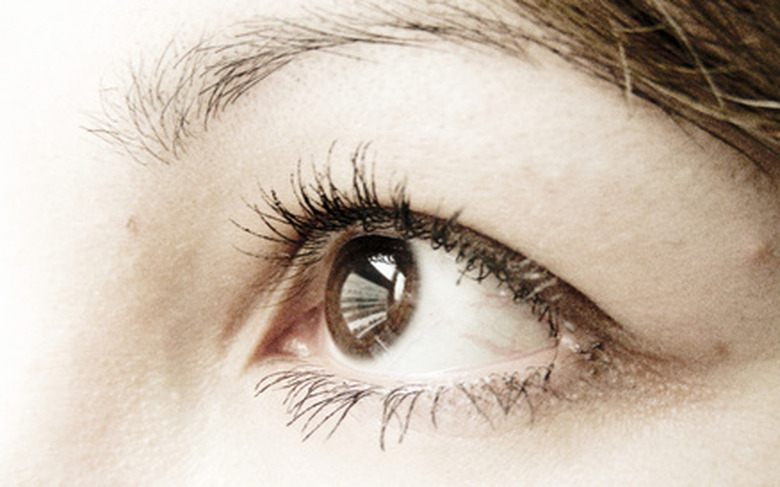What Is The Maximum Magnification Of The Human Eye?
The eye is the brain's window on the world. It is a optical instrument, which translates photons into electrical signals that humans learn to recognize as light and color. For all its impressive adaptability, however, the eye—like any optical instrument—has limitations. Among these is the so-called near point, beyond which the eye cannot focus. The near point limits the distance at which humans can see objects clearly.
Structure of the eye
Structure of the eye
At the front of the eye is a tough, transparent layer called the cornea, which is like a fixed lens that cannot be adjusted. Behind the cornea is a fluid called the aqueous humor, which fills the space between the cornea and the lens. The lens is transparent like the cornea, but it can be reshaped to focus on objects at different distances. From the lens, light travels through another layer of fluid called the vitreous humor to the retina—the layer of cells at the back of the eye that translate light signals into nerve impulses, which travel along the optic nerve to the brain.
Lenses
Lenses
As light travels through a lens it is bent or refracted. The lens bends parallel rays of light so that they meet at a focal point. The distance from the lens to its focal point is called the focal length. If light bounces off an object and then travels through a converging lens, the light rays are bent to form an image. The point where the image forms and the size of the image depend on the focal length of the lens and the location of the object relative to the lens.
The lens equation
The lens equation
The relationship between focal length and the location of an image is defined by the lens equation: 1/L + 1/L' = 1/f, where L is the distance between a lens and an object, L' is the distance from the lens to the image it forms and f is the focal length. The distance from the lens of the eye to the retina is a little over 1.7 cm, so for the human eye L' is always the same; only L, the distance to the object, and f (the focal length) change. Your eye changes the focal length of its lens so that the image always forms on the retina. To focus on an object far away, the lens adjusts to a focal length of about 1.7 cm.
Magnification
Magnification
Whether a lens magnifies an object depends on where the object is relative to the focal length of the lens. The magnification is given by the equation M = -L' / L, where—just as in the previous equation—L is the distance to the object and L' is the distance from the lens to the image it forms. The human eye, however, has limits; it can only adjust its focal length so far, and so it can't focus clearly on anything closer than the near point. For people with good eyesight, the near point is usually about 25 cm; as people age, the near point becomes greater.
Maximum magnification
Maximum magnification
Since L' for the human eye is always the same—1.7 cm—the only parameter in the magnification equation that changes is the L or the distance to the object viewed. Because humans can't focus on anything beyond the near point, the maximum magnification of the human eye—in terms of the size of the image that forms on the retina as compared to the size of the object itself—is at the near point, when M = 1.7 cm / 25 cm = .068 cm. Generally, this is defined to be 1x magnification, and magnification for optical instruments like magnifying glasses is typically defined by comparing it to normal vision. Images that form on the retina are inverted or upside down, although the brain doesn't mind—it's learned to interpret the information it receives as if the image were right-side-up instead.
References
- "Physics for Scientists and Engineers, Custom Edition"; Richard Wolfson and Jay Pasachoff; 1999
- "Biology: A custom edition"; Campbell, Reece, Urry, Cain, Wasserman, Minorsky, Jackson; 2008
Cite This Article
MLA
Brennan, John. "What Is The Maximum Magnification Of The Human Eye?" sciencing.com, https://www.sciencing.com/maximum-magnification-human-eye-6622019/. 24 April 2017.
APA
Brennan, John. (2017, April 24). What Is The Maximum Magnification Of The Human Eye?. sciencing.com. Retrieved from https://www.sciencing.com/maximum-magnification-human-eye-6622019/
Chicago
Brennan, John. What Is The Maximum Magnification Of The Human Eye? last modified March 24, 2022. https://www.sciencing.com/maximum-magnification-human-eye-6622019/
